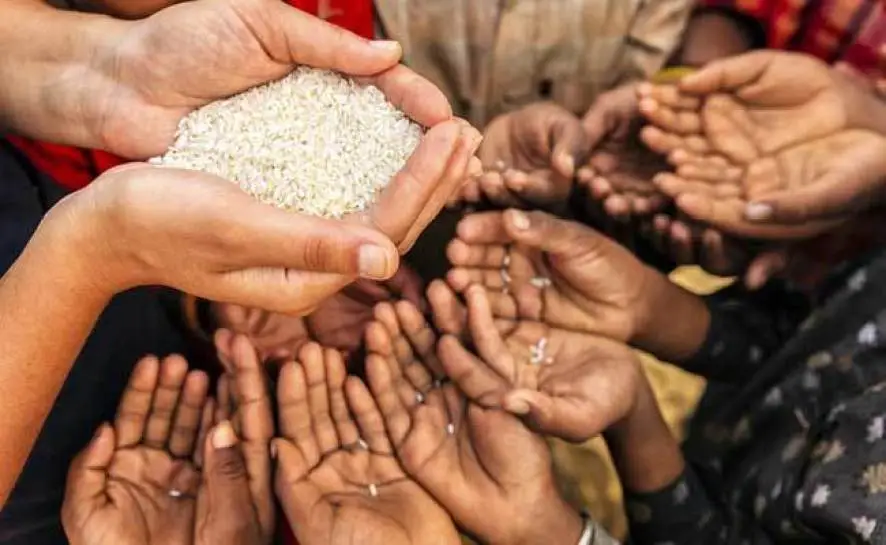Free Courses Sale ends Soon, Get It Now


Free Courses Sale ends Soon, Get It Now



Copyright infringement not intended
Picture Courtesy: www.inewsguyana.com
Context: The report from the Food and Agriculture Organization of the United Nations (FAO) sheds light on the state of food security and nutrition in the Asia Pacific region, focusing particularly on India, Pakistan, and Bangladesh.
Key Highlights of the Report
Food Affordability
Undernourishment
Food Insecurity
Child Health
Maternal Health
Positive Developments
Challenges and the Way Forward
|
Food and Agriculture Organization (FAO) ●The Food and Agriculture Organization (FAO) of the United Nations is a specialized agency that leads international efforts to defeat hunger. ●It was established on October 16, 1945, with the primary aim of addressing hunger issues globally. ●It consists of 195 members, including 194 countries and the European Union. The FAO's headquarters is situated in Rome, Italy. ●Its activities include providing technical assistance to countries, conducting research, collecting and analyzing data on agriculture and food security, and promoting sustainable agricultural practices. ●It collaborates with governments, NGOs, international organizations, and other stakeholders to develop policies and programs that enhance food security and promote sustainable agriculture worldwide. |
Conclusion
Must Read Articles:
Food Security in India: https://www.iasgyan.in/daily-current-affairs/food-security-in-india
|
PRACTICE QUESTION Q. How does India address the complexities of food security amid its diverse agricultural landscape and growing population? What strategies are being implemented to ensure access to nutritious food for all? Are there specific challenges hindering effective food distribution and availability in various regions of India? |
© 2024 iasgyan. All right reserved